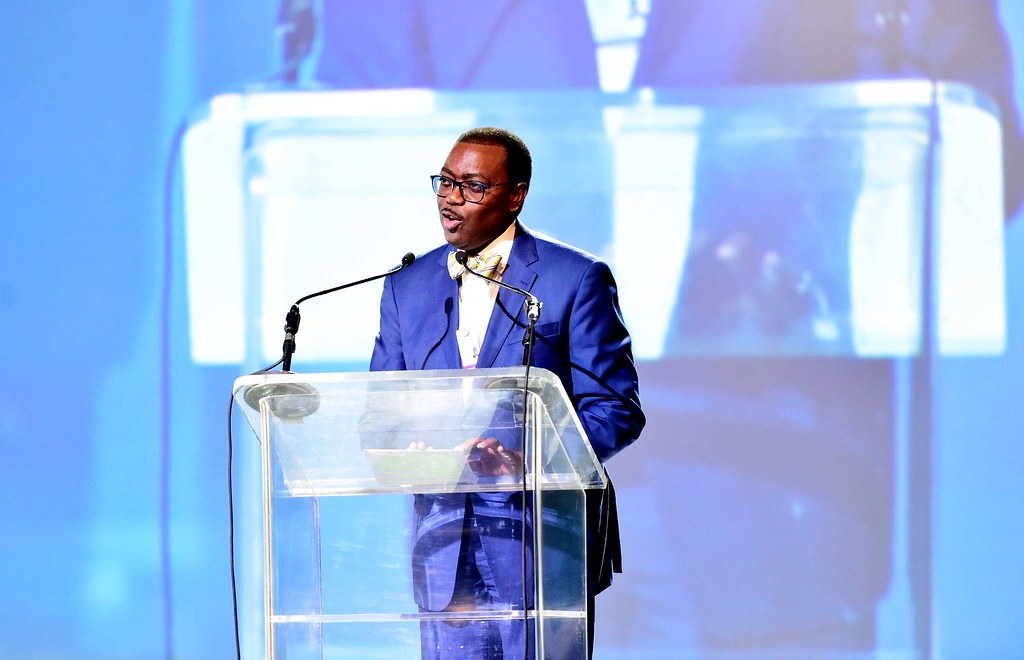
President of the African Development Bank (AfDB) Group Dr. Akinwumi Adesina.
- Inside AfDB’s Bold Decade-Long Strategic Plan for Africa’s Sustainable Growth:
The African Development Bank Group (AfDB) is counting on a bold and ambitious plan spanning a decade to drive growth in the continent while countering the numerous challenges facing the continent. In the past two decades, the continent has had some of its best economic performance and sustained improvement of life conditions for its population.
However, overlapping challenges threaten to derail most of these hard-won gains. Some of the challenges are global others from within the continent, and they have already started cutting down on the projected economic growth of most countries.
As the premier development financing institution on the continent, AfDB is taking the mandate to face these challenges and go further to spur economic growth over the next decade. In May the AFDB launched its Ten-Year Strategy Plan set to cover 2024-2033. AfDB’s president Akinwumi Adesina is confident in the bank’s capability to meet its role, stating, “We are acutely aware that the next decade will be decisive in transforming the continent. Therefore, as we celebrate 60 years of making a difference in the countries and lives of the people of Africa, we remain resolute in our determination to accelerate the support we provide to African countries,” as he launched the plan.
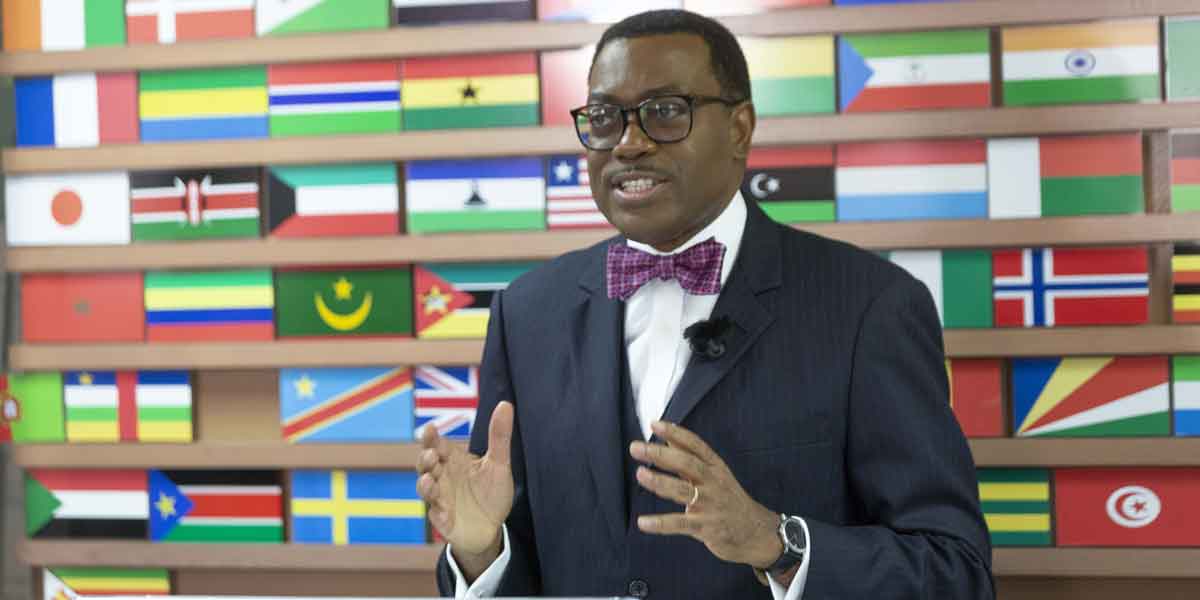
According to the AfDB, in the coming decade, Africa has the potential to achieve sustained growth, propel transformative change, and contribute significantly to essential global solutions.
The bank believes this is achievable and has even identified the factors- the continent’s distinctive strengths- fueling this transformation. A youthful and energetic workforce, expanding urban consumer markets, increasing integration of national economies, vast clean energy potential, and abundant natural resources.
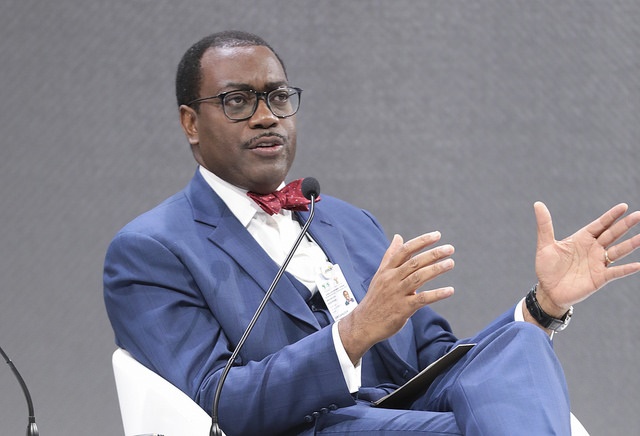
The Strategic Plan visualizes an Africa that is prosperous, inclusive, resilient, and integrated. It also aims to achieve sustainability in the growth through balancing the environment, equity, and economy.
The plan’s two objectives are to drive prosperous and resilient economies while accelerating inclusive green growth.
The broad objectives are aimed at guiding the different approaches of the bank in battling the leading challenges in the continent including climate change, the growing gap between the rich and the poor, crippling debt, conflicts over resources, and more.
Further, AfDB’s Strategic Plan has identified five priorities to pursue across the 10 years which should see it meet its overarching goal of sustainable development in the continent. First is the need to light up and power Africa, ensuring universal access to electricity across the continent.
There is a significant need for households and firms to have access to affordable, reliable, sustainable, and modern energy. Secondly, feed Africa through a range of approaches that will transform agriculture in the continent.
The third priority is to ensure industrialization is well underway across all regions in Africa by 2033 which should help meet the growing unemployment rates and promote self-reliance. Another top priority is to promote regional integration to promote free movement of people, goods, and finance. The final operational priority is to improve the quality of life for African people allowing them to achieve their potential.
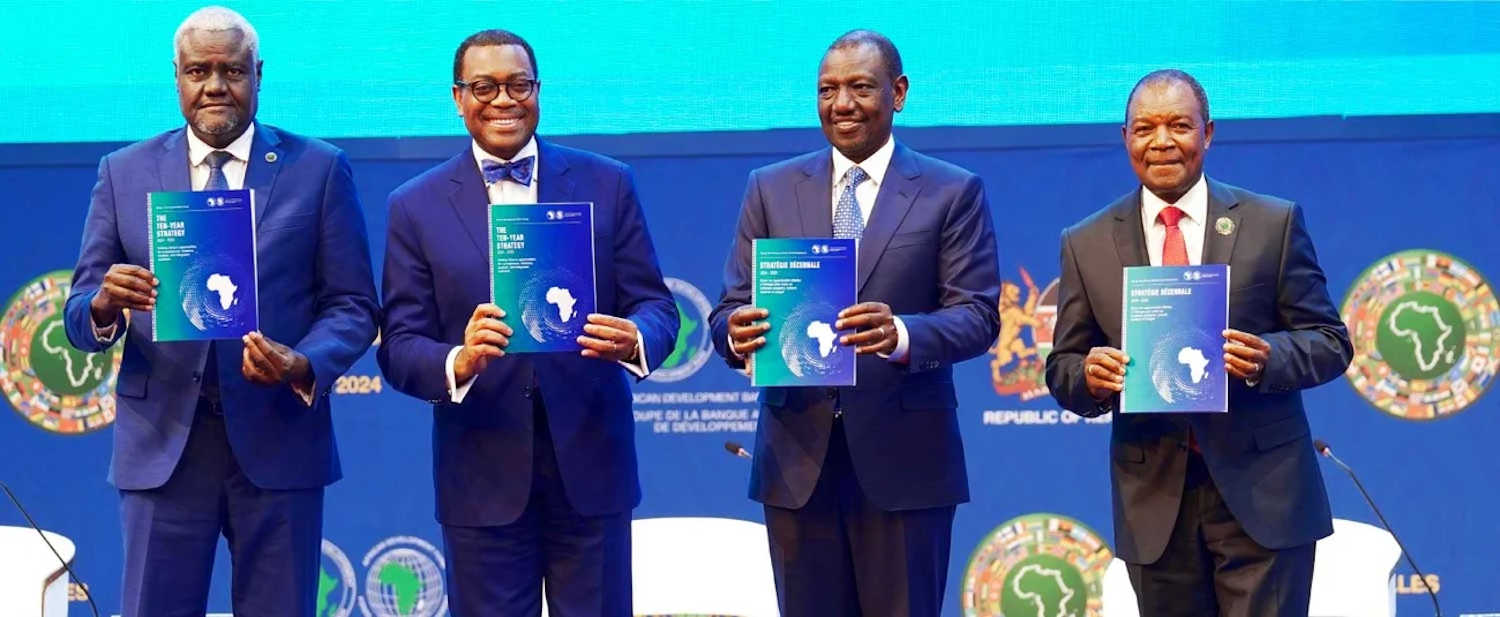
Challenges to Overcome and Opportunities for Growth
It is not going to be a straight-up path for the AfDB to achieve its goals. The existing and potential future challenges offer a daunting prospect which makes this ten-year plan ambitious in the least. African countries are extremely diverse with countries falling low, lower-middle, upper-middle, and high-income countries. So a uniform approach is not going to work and an individualized approach which is what the bank aims to pursue will take time and spread thin resources.
Further, in the Sub-Saharan Africa (SSA) region, 22 countries have fragile or conflict-affected economies.Another 13 are small states that come with the challenges of limited human capital and land area.This region is also home to about 462 million people still living in extreme poverty as of 2023.

According to the World Bank’s recent update, the SSA economic growth across the region is expected to slow down and drop in some countries.
Much of Africa is set to witness adverse climate change effects and most of its economies are not resilient enough to withstand these shocks.
Conflicts and violence are rising in the region with the ongoing wars in Congo, Sudan, Niger, and the military coups in the Sahel and West Africa regions further dampening economic activities and erasing any gains.
Much of the continent is also facing high debt risks with more than 21 countries either at high debt risk distress or already trapped by it. Ghana, Chad, and Zambia are just some of the countries which have initiated the painful process of debt restructuring. Further growth and development are also being held back by the below-average performance of the content’s large countries.
In South Africa, the energy and transport bottlenecks continue to hamper economic activity while Oil sector challenges are affecting Nigeria’s performance.
Even access to affordable, clean, and modern energy is not easily attainable. Estimates from the International Energy Association, indicate that presently, 600 million people, or about 43% of the continent’s total population lack access to electricity. The IEA projects that achieving universal access to electricity by 2030, would require bringing connections to 90 million people a year which is triple the current rate. In this instance too, a blanket approach is not feasible.
 For 45% of the population, extending national grids will be the best and least expensive option, especially in urban areas. In rural areas, where a majority of those deprived of access to electricity reside, the best approach includes mini-grids and stand-alone systems most of which are solar-based.
For 45% of the population, extending national grids will be the best and least expensive option, especially in urban areas. In rural areas, where a majority of those deprived of access to electricity reside, the best approach includes mini-grids and stand-alone systems most of which are solar-based.
All these challenges are bound to test the Strategic Plan but AfDB remains confident it has covered all areas.
But is not all lost and there are grounds and opportunities which should make the AfDB’s plan viable. The continent boasts rich natural resources that only require capacity for processing locally and they can significantly offset debt and help build resilience in the states’ economies. Additionally, the continent has the world’s largest free trade area and a 1.2 billion-person market.
Beyond just a market, perhaps Africa’s biggest advantage lies in its human potential. Over the next three decades, it will have the fastest increase in the working population than anywhere else in the world. It is estimated that by 2040, Africa will have the largest workforce surpassing China and India.
The aim then for AfDB and other actors will be how to harness the continent’s natural and human potential to spur growth.
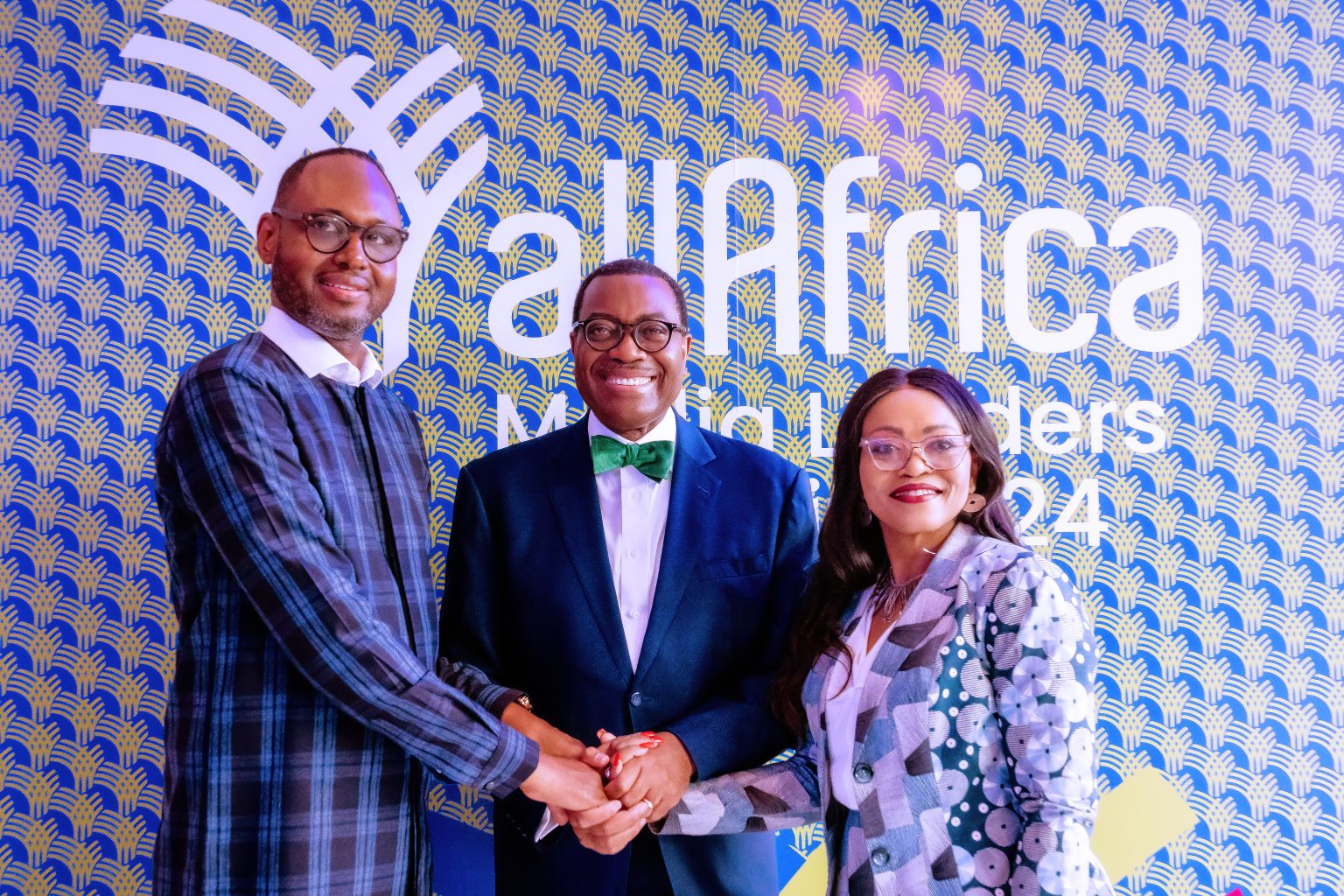 Banking on the Youth;
Banking on the Youth;
AfDB’s plan is heavily betting on the youth, As Adesina points out, “the Ten-Year Strategy outlines how the Bank will invest in Africa’s best asset: its vibrant young men and women. Africa’s population, which is the fastest growing in the world, presents the continent with an unparalleled demographic window of opportunity.”
Every year, between 10 to 12 million young people across the continent enter the labor market which can only cater to 3 million as the private sector is small and yet to be industrialized sufficiently to meet the demand for decent jobs. AfDB plans to meet this challenge in a couple of ways.
First, the AfDB will leverage its policy lending, investments, and partnerships to promote favorable policies and investments that support youth employment and entrepreneurship, particularly in regional member countries facing economic transitions or smaller economies.
This includes fostering a supportive environment and targeted investments to enhance youth employability, entrepreneurship, and access to quality jobs.
Secondly, the Bank is institutionalizing skills development and job creation as a core priority, incorporating specific youth-focused indicators into its results framework and disaggregating data by age.A new “Youth, Jobs, and Skills Marker” will be introduced to ensure greater employment impact across the Bank’s investments.
The AfDB will also deepen its Youth Entrepreneurship and Multi-donor Trust Fund (YEI MDTF), expanding its financial instruments to include grants, loans, and guarantees. This move aligns with the Bank’s new Trust Fund Policy and aims to mobilize resources for greater scale and impact.
This ambitious plan, detailed in the Youth, Skills, and Jobs Action Plan 2025-2032, represents a key component of the Bank’s Ten-Year Strategy.
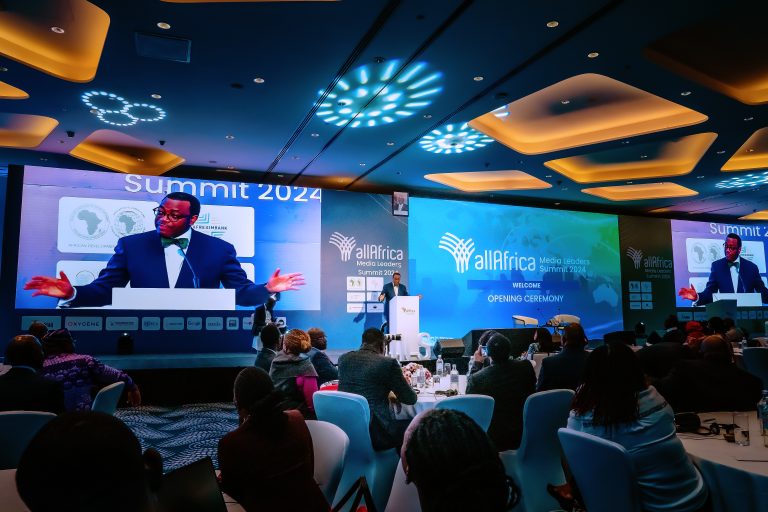
Feeding the Continent;
Going by the AFDB’s plans’ Africa’s farmers, the backbone of the continent’s food security, are set for a transformation.
The bank’s ambitious Ten-Year Strategy aims to empower smallholders, boost crop yields, and diversify food production.
This shift will reduce reliance on food imports, paving the way for a self-sufficient Africa ready to compete in global markets.
The Bank’s priorities are clear. It will invest in climate-smart agriculture, bolstering markets for both supplies and produce. This will improve activities after harvest and create opportunities through the African Continental Free Trade Area, especially for young people and women.
Additionally, the Bank aims to expand the supply chain, providing more affordable and reliable resources like seeds and fertilizers. It will support businesses and improve infrastructure, including the development of special zones for food processing.
Nutrition will also see a boost, with an increase in nutritious foods and other initiatives. The Bank will support research institutions to strengthen policies and introduce innovative technologies, alongside nature-based solutions like agro-ecology.
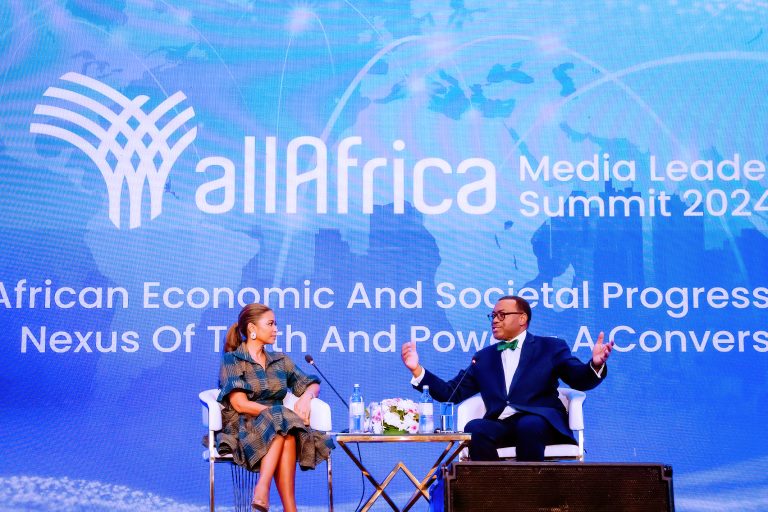
Powering the Continent;
By 2033, the African Development Bank envisions a continent powered by affordable, reliable, and sustainable energy. Every home will have electricity and clean cooking solutions, while businesses and farmers will thrive with dependable power, creating jobs and boosting food security.
The Bank plans to reform utility companies, paving the way for efficient and equitable energy delivery through public-private partnerships. A low-carbon energy future will open up new economic opportunities, particularly for young people and women while contributing to the global goal of net-zero emissions.
Priority actions include accelerating universal access to reliable and affordable energy, developing sustainable energy solutions, and establishing a low-carbon development path. The Bank will also focus on strengthening power sectors, improving efficiency, and building interconnected power systems for a unified African electricity market.
The Bank recognizes the role of natural gas in Africa’s industrial development but is committed to a responsible net-zero transition. This goal calls for accelerating investments in renewable energy and developing sustainable alternatives, the Bank aims to strike a balance between energy needs and environmental concerns.
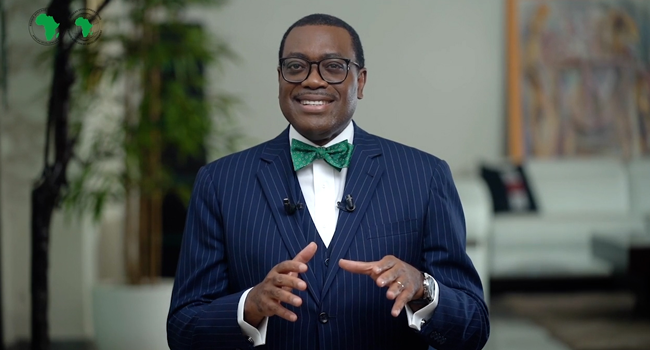
An Industrialized Continent;
With power and labor reliable Industrialization can flourish while also absorbing the employment demands. Most African countries will experience a shift from small-scale agriculture and informal sectors towards modern industries. The bank looks to drive this transformation through government policies, investment promotion, and targeted infrastructure investments.
The focus will be on export-oriented manufacturing, promoting economic diversity, increased productivity, and improved trade. This initiative will cover both national and regional value chains.
Collaboration with African governments will be key to supporting effective industrial policies, nurturing emerging industries, and boosting enterprise development. The Bank aims to assist promising firms in expanding production and creating jobs through non-sovereign operations. Investments will come hand in hand with technical assistance, helping firms to modernize, innovate, develop skills, and increase productivity.
Access to financial markets for African enterprises will be a priority, achieved through collaboration with clients, including governments, regulators, and stock exchanges.

The goal is to strengthen financial sectors and capital markets. Recognizing the significant employment potential of micro, small, and medium enterprises (MSMEs), particularly for women and young people, the Bank will support their development through financial intermediaries and create opportunities within industrial value chains.
African manufacturing firms will meet the growing demands of urban populations and participate in international value chains. The new industries will generate jobs, creating opportunities for young people, women, and new city dwellers. Further, the African Continental Free Trade Area (AfCFTA) will facilitate specialization and economies of scale, attracting both international and local investors.
The African Development Bank looks to prioritize the development of agro-processing zones to bolster food security on the continent. These zones will concentrate on creating value chains for staple foods like rice and cassava, enhancing local economies and reducing reliance on imports.
To position Africa at the forefront of the global green energy transition, the Bank will support value addition in critical minerals essential for electric vehicle production and mining. This strategic focus on resources like cobalt, lithium, and nickel will leverage the continent’s mineral wealth and integrate it into emerging global supply chains.
Closing the digital divide is another key focus. The Bank will invest in connectivity infrastructure and expand digital and data services, while also supporting digital entrepreneurs. This comprehensive approach aims to empower businesses and communities across Africa, fostering innovation and economic growth.
Expanding pharmaceutical and vaccine manufacturing is crucial for improving healthcare access and self-sufficiency. The Bank’s goal is to ensure that African producers meet 50% of the continent’s market demand by 2030, a significant increase from current levels. AFDB also realizes the immense employment potential of the textile sector. Addressing bottlenecks in infrastructure, logistics, and skills in this sector, will unlock opportunities for job creation and economic development across the continent.
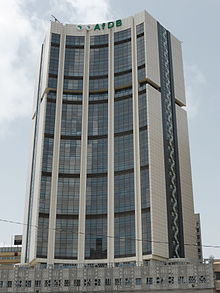
Integration and Improvement of Life Quality;
The African Development Bank envisions a well-integrated Africa by 2033, with the African Continental Free Trade Area (AfCFTA) playing a central role. Building on the foundations laid by regional economic communities, improved cross-border infrastructure, and smoother border management will make trade faster and cheaper.
This enhanced connectivity will boost regional trade in electricity, foster power pools, and increase intra-African trade volumes. Farmers, agribusinesses, and industrial firms will connect into regional value chains, enjoying increased productivity through economies of scale and specialization.
Financial institutions will expand their services across borders, facilitating trade, banking, and payments. Air and rail networks will grow, carrying more people and freight. Visa-free travel and mutual recognition of skills will foster regional labor markets, addressing skills shortages.
The Bank’s priorities include scaling up infrastructure, promoting cross-border trade and investment, and deepening financial integration. It will work with African countries and regional communities to eliminate trade barriers, harmonize regulations, and build capacity to meet product standards. Free movement of people will also be a focus, benefiting young people who are adaptable and willing to move across borders for work.
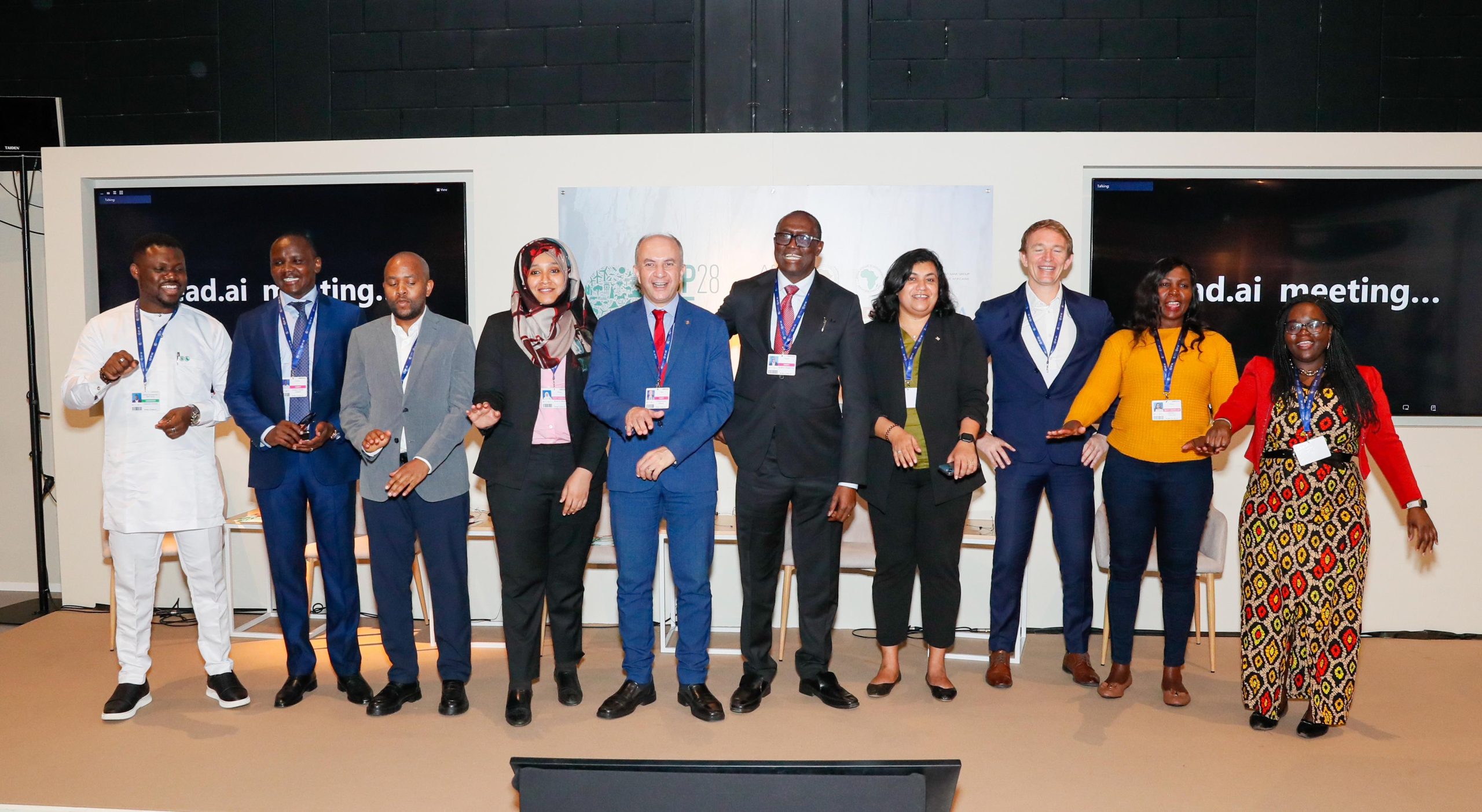
The overall goal of AfDB is a continent where everyone, especially women and young people, can reach their full potential and live fulfilling lives. And in achieving all the other goals, a few steps remain that can lead to this state.
The Bank aims to rebuild progress lost during the COVID-19 pandemic and make significant strides in public health, education, and access to basic necessities like clean water and sanitation.
The goal is to create more equitable societies where economic success goes hand in hand with social mobility and reduced inequality. Women and youth will be empowered to fully participate in all aspects of life.
The Bank is prioritizing critical investments. They will work to strengthen national health systems, focusing on primary care and combining infrastructure improvements with access to clean water, sanitation, electricity, and digital connectivity. Partnerships with private investors will help develop secondary and tertiary healthcare facilities, expanding access to diagnostics for better management of infectious diseases.

To empower women and young entrepreneurs it will also increase access to finance and support services for their businesses, both formal and informal. They will also explore partnerships with corporations and the African diaspora to integrate small businesses into regional and global value chains.
The Bank will increase access to finance and support services for their businesses, both formal and informal. They will also explore partnerships with corporations and the African diaspora to integrate small businesses into regional and global value chains.
Education, water, and sanitation are also vital. The Bank will support projects to provide these essential services and help manage water resources for agriculture, fisheries, and livestock.
As for education, AfDB seeks to invest in technical and vocational training, as well as science and technology education. Innovative programs will attract and retain skilled young people, stemming brain drain and encouraging the diaspora to return. The Bank also plans to establish Youth Entrepreneurship Investment Banks across Africa to finance innovation in emerging sectors.

The Process is Already Underway;
While the Strategic Plan was launched at the end of May, AfDB had already engaged in several projects from the beginning of the year. In a series of workshops and summits, AfDB has already pushed for several initiatives in line with this strategy. It has added capital for clean technologies.
In April it held a three-day workshop aimed at enhancing its Empowering Novel Agri-Business-Led Employment (ENABLE) Youth Program. This program is presently active in 15 countries with investments exceeding $490 million, and benefiting around 40,000 young people across the continent.
At the Africa Fertilizer and Soil Health Summit, AfDB, leveraged its deep expertise and convening power to highlight the crucial role of agricultural technologies, fertilizer, and healthy soils in driving sustainable agricultural growth at the Africa Fertilizer and Soil Health Summit in Nairobi.

The bank advocates for Agritech scaling, partnerships, and affordable fertilizer access.
The bank plans for other initiatives and opportunities ranging from financing, training, lobbying, research, and consensus-building across the year and in the future. 10 years is a short time for the change imagined and the challenges to surmount. Yet bold plans are necessary to meet the urgency of the situation and set the foundation for future growth.
AfDB has set its course and the hope is for other stakeholders to follow suit and create the momentum and synergy needed to achieve lasting results.




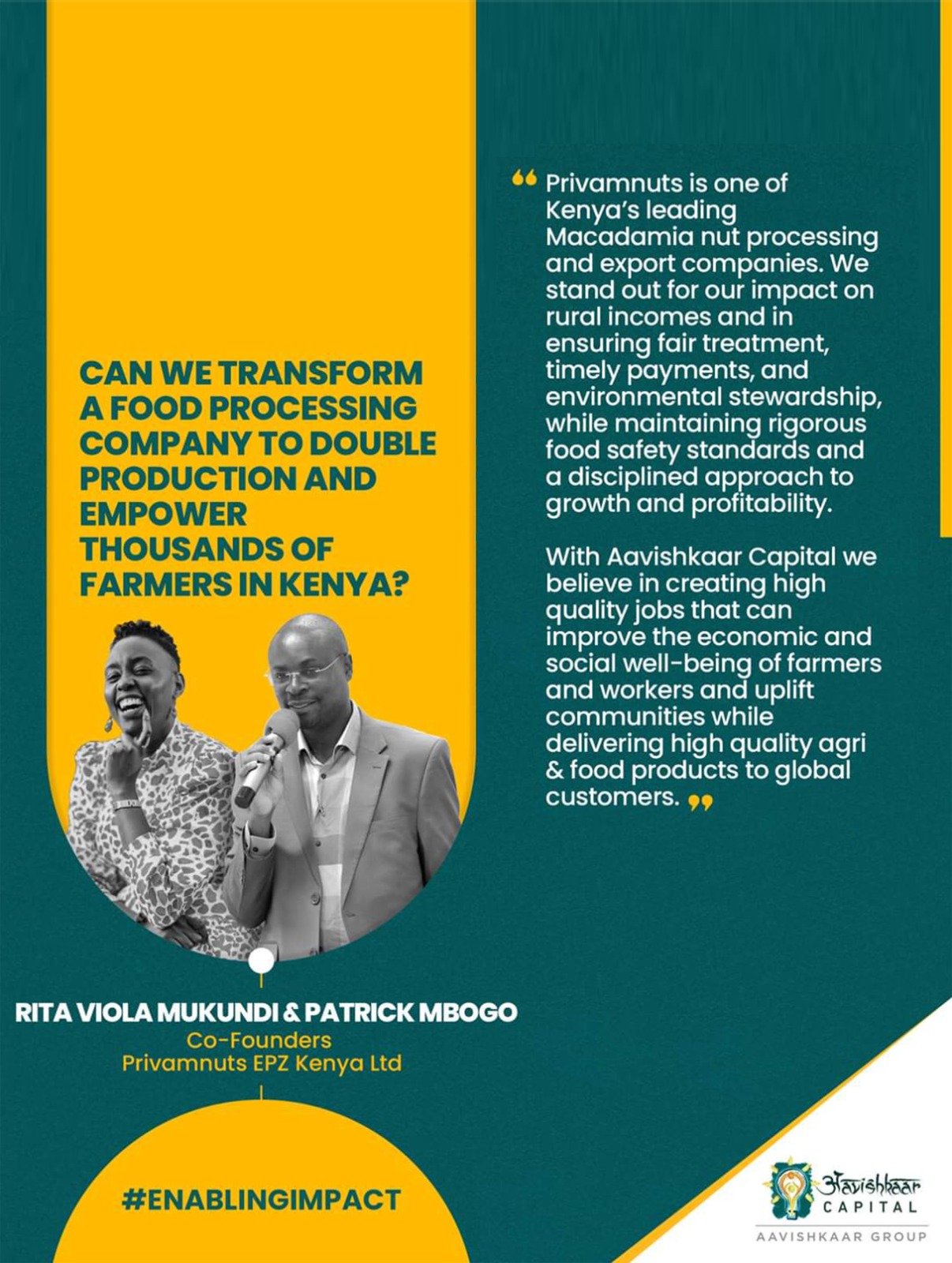








1 thought on “Big Story: Inside AfDB’s Bold Decade-Long Strategic Plan for Africa’s Growth”